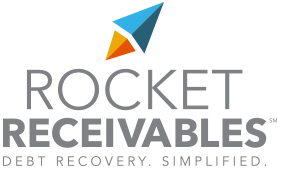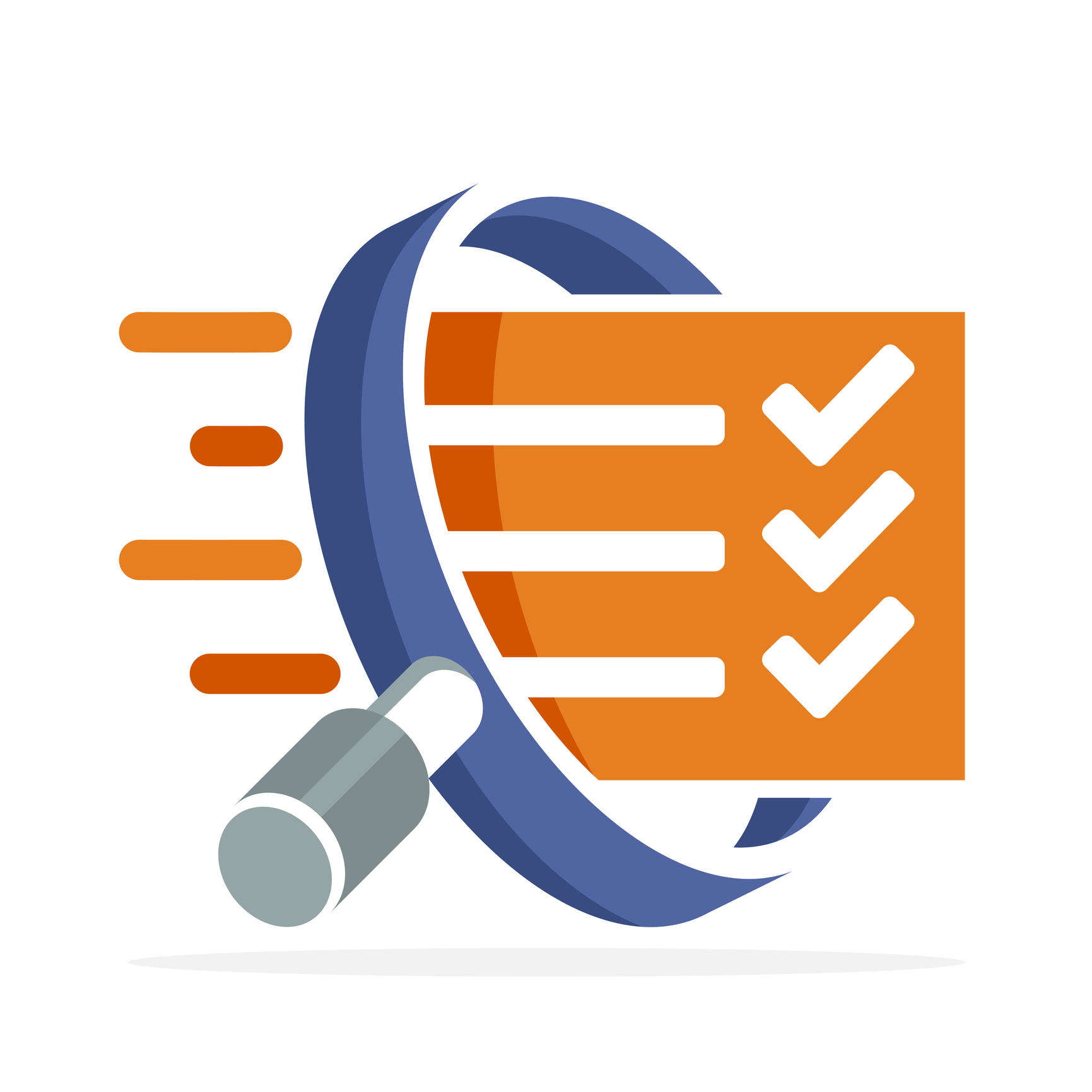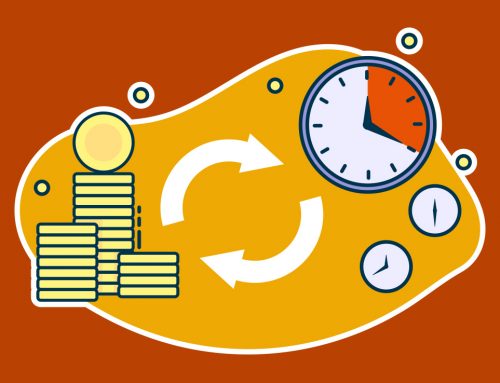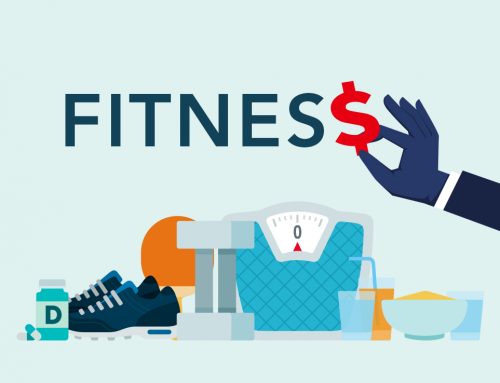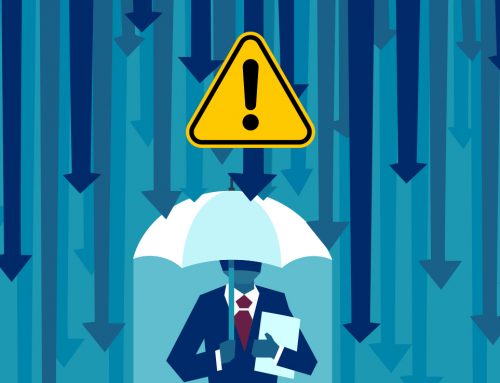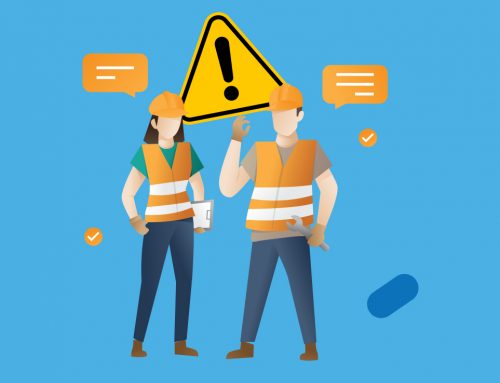Skip tracing is a debt collection process for finding the missing past due account holder.
We’re not going to lie: Debt collection companies can seem magical when a business has been struggling to collect on a past due balance. DIY debt collection, to some, can be inherently frustrating, particularly if it’s a small business owner that has less cash on hand as well as less time to track down the debt. For companies that want help with their A/R problem, there is a process called skip tracing that takes debt collection to an entirely new level. Let’s look at skip tracing to understand if this service is something you could use to improve your bottom line.
Skip Tracing for Debt Collection
Debt collection falls into several categories. The average consumer with debt probably didn’t mean to get there and wants to set up a plan to repay what they owe. Life circumstances may have set them back or perhaps they simply missed the bill. It happens, which is why debt collection should always assume the best of people, approaching them respectfully and professionally.
But there’s a more difficult type of debt collection; that’s where skip tracing comes in. What if the person or business that owes you money just simply seems to disappear and leaves no way to contact them? Skip tracing is a sophisticated form of debt collection that is often highly labor intensive. The skip tracer uses a wide variety of tools to find ways to reach these people to regain the funds you’re owed.
Skip tracing is an important part of debt collection, but can be very time-consuming. The skip tracing debt collector must follow the invisible tracks of the past due account holder. This could require sifting through a massive amount of private or public data. While sometimes it can be as easy as finding an active cell phone number, it’s typically much harder,
Skip tracing professionals don’t only work for debt collection firms, they may also be lawyers, private investigators, or bail bondsmen to name a few. Even journalists use these skills frequently to track down data for a story they’re covering.
Some of the steps covered in the skip tracing process may include:
- First, the debt collection skip tracer verifies the data on the past due account holder.
- Then they begin to gather background data on the account from a variety of sources, including credit reports, public records, loan applications, background checks, job applications, utility bills, and courthouse records.
- They may also use sophisticated skip tracing technologies to help with the process.
Skip tracing is an advanced service, and it can take a lot of skill to be effective at it. The good news is that Rocket Receivables can help. If you’ve been struggling with past due accounts where no one is responding, consider Rocket Receivables as your partner for debt collection. Click here to buy now.
